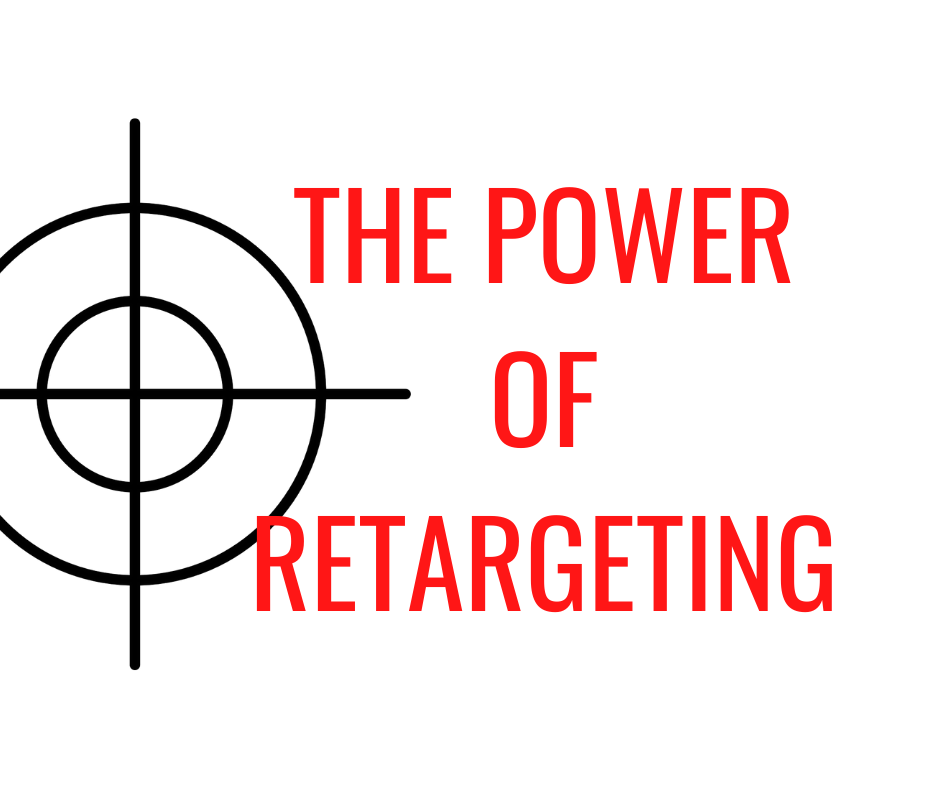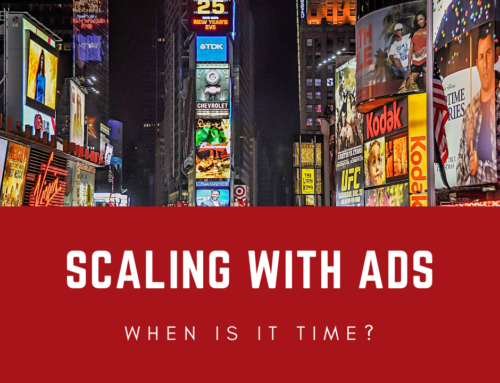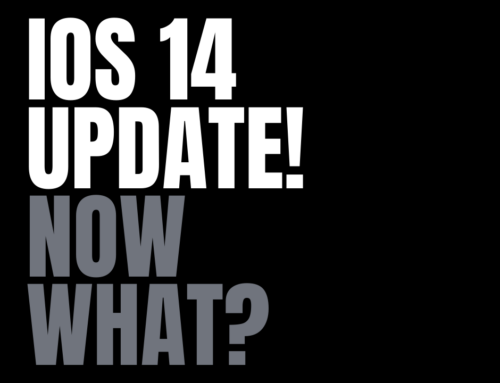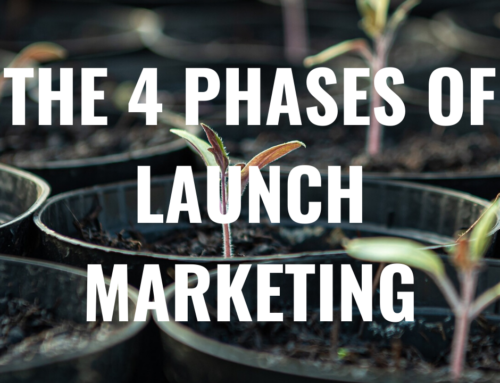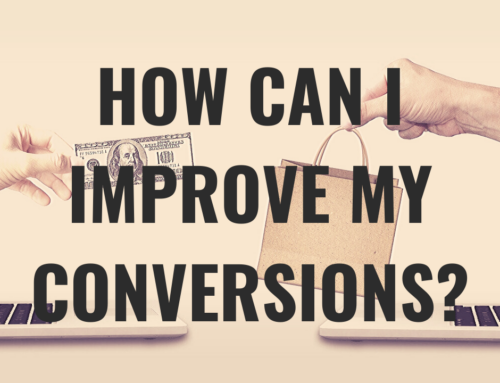In the blockbuster futurist film Minority Report, John Anderton (Tom Cruise) is walking through a public shopping area, and an automated holographic display recognizes him and says: “John Anderton! You could use a Guinness right about now!” Apparently, he had a history of buying Irish beer, and the system, knowing that, pitched something he was likely to respond to.
This is a bit of an extreme example, but it’s in the film for one simple reason:
Retargeting works.
In times past, it was usually quite difficult to find ways to mass-target people based on an observable prior interest in a particular offer. But in the digital age, it has become exponentially simpler. We are not yet at the point of having holographic displays in malls that respond to facial recognition, but there are many effective (and less obtrusive) ways to retarget people that will drive down total costs and raise your ad ROI.
Retargeting strategies on platforms like Google and Facebook are far from a secret. They are widely used by major corporations, and with a little study, smaller companies can certainly make use of them as well.
Baby-Making Places: Femibion’s Multi-Phase Campaign
German brand Femibion (owned by Merck) set out “To successfully raise awareness and consideration of the Femibion Baby Planning product and get it in the hands of women in Germany”. To do this, Femibion created a series of Facebook carousel and link ads displaying stylish “baby-making places” – that is, attractive places where a woman might like to go to conceive. Women could click on these ads and interact with them in various ways. These ads were generally targeted at women in Germany within a certain age group.
After this first run of ads, Femibion followed up with another series of ads months later. These ads offered a free book on baby planning. However, these ads did not target a general audience. Instead, they specifically targeted the women who interacted with the first run of ads.
In both phases, Femibion gathered leads that it could then use to pitch its nutritional products. However, Femibion’s advertising dollars were much more efficient in the second phase than in the first. According to the case study, the company received “10,000 leads with half the sample distribution costs and a 35% increase in conversion rate.”
Samsung’s Galaxy S6 Launch
As a global brand, Samsung realized that there was market opportunity in Latin America. So, to launch its Galaxy S6, Samsung ran a month-long Facebook ad campaign for Argentina in which it would run one ad set and then follow up with another ad set that retargeted the people who interacted with the previous ad set. These ads focused on benefits such as the phone’s sleek design, its camera capabilities, and its very quick charging.
The results were impressive: Samsung saw a 5X ROI on the ad campaign – and that doesn’t account for the fact that a lot of those people will now be Samsung customers for life.
Retargeting for Small Business
Retargeting on Facebook and elsewhere isn’t something just for big corporations. It is absolutely something that you can do, even with limited resources. With our launch clients, we follow a tried-and-true process to build an audience and retarget that audience in such a way that we can get results at a fraction of what it would otherwise cost. Here is the basic process we follow:
- Have the client shoot a series of informational videos. These videos can simply be shot on a webcam or phone, with the client giving valuable information relevant to his or her business. There doesn’t need to be any special video editing or anything like that.
- Post the videos to the client’s Facebook business page.
- Turn those posts into a series of ad campaigns targeting a broad group of people.
- Once we have built up at least 6,000 views, turn off the video ads.
- Run conversion ads pointing to a free offer funnel, targeting the 6,000+ people who viewed the video ads.
- For those who take the free offer, present an upsell.
- Continue to follow up on leads through email and social media posts.
On Facebook, the price you pay per view or per conversion can vary significantly depending on who you are targeting. There is often an assumption that there is no use trying to get low-cost leads because they aren’t worth anything anyway, but that simply isn’t true. There are many methods one can use to find opportunity areas in the market, where you can get high-value leads at a low cost, and effective retargeting is usually an important part of that.


